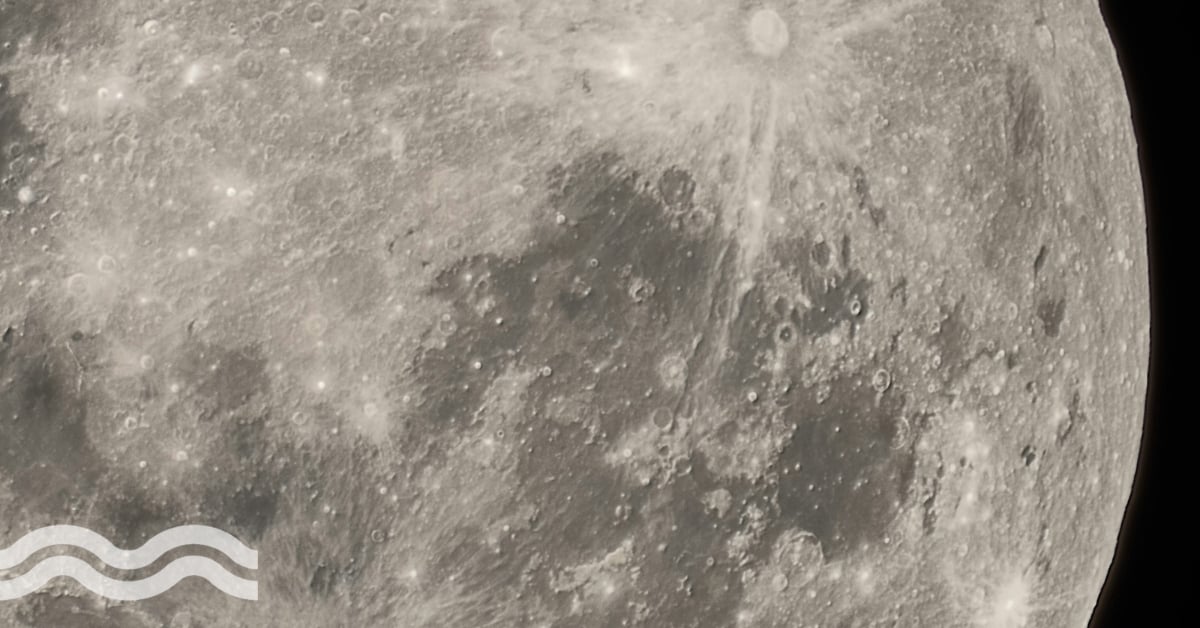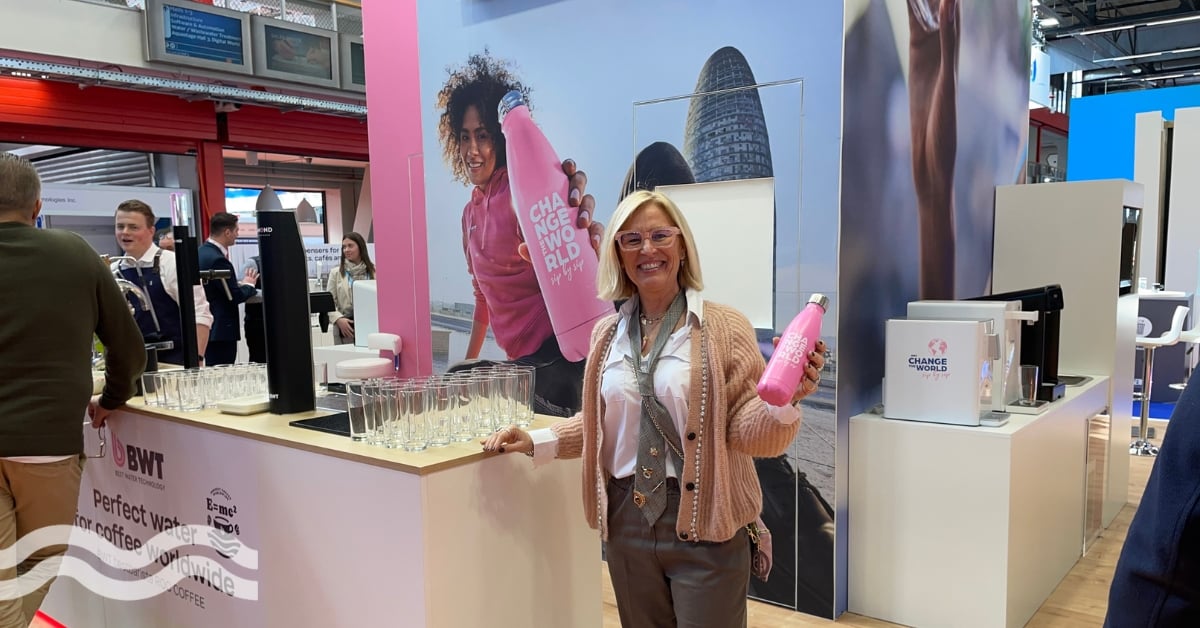Taking plasma water purification technology into space
A new method using plasma to purify in-situ water in space from the University of Southampton has received funding from the UK Government.
Discovering breakthroughs
A new method that uses plasma to purify in-situ water in space from the University of Southampton has received funding from the UK Government.
It comes after science and innovation minister George Freeman announced that £2 million would be used to boost 13 new British space technology projects from the UK Space Agency.
"In addition to discovery breakthroughs, these projects will also ensure that people here on Earth benefit from new technology, including micro-reactor technology with the potential to support our Net Zero commitments," said Freeman.
As part of the development, the University of Southampton will receive £100,000 to develop its plasma water purification system for in-situ resources.
One of the biggest challenges long-term space missions face is having access to safe and reliable drinking water. It’s not feasible to carry the required amounts of drinking water for an entire mission duration. Onboard water recycling has historically been used to provide astronauts with the required resource.
“The team is exploring the use of non-thermal atmospheric plasma (NTP) that can operate at room temperature.”
However, recycled system water can contain organic contaminants, bacteria, and viruses of known and unknown origins - which current purification systems might struggle to purify.
Exploring non-thermal plasma
The University of Southampton's project will explore the feasibility of a novel non-thermal plasma water purification method to remove biological and chemical contaminants in water.
The team is exploring the use of non-thermal atmospheric plasma (NTP) that can operate at room temperature. The effectiveness of plasma water treatment is determined by its chemical composition and plasma parameters, which are dependent on the method of generating NTP.
The most popular method of NTP generation is based on dielectric barrier discharge (DBD) due to its simplicity and stability. Despite this advantage, a DBD plasma is limited by its non-uniformity.
Although this can be improved by operating DBD in a diffuse discharge mode, the mechanism of discharge mode transition is complex and there are many physical and operational factors determining the transition. This includes factors such as the driving voltage, the composition of the surrounding gas mixture and material properties of the dielectric barrier.
The project aims to improve the method of generating homogeneous non-thermal plasma and provide a better understanding of discharge transition and plasma-liquid surface interaction.
Water takes centre stage in space investment
The plasma purification project by the University of Southampton was not the only project that brought water into focus.
British multinational aerospace and defence company, Rolls Royce, also received a sum of £249,000 for its Rolls Royce Space Reactor Programme.
The iconic engineering company is developing a uniquely deployable, safe, and autonomous micro-reactor for use in space and Rolls Royce says it will accelerate human exploration of the Moon, Mars and beyond, providing continuity of power for critical operations.
"In addition to discovery breakthroughs, these projects will also ensure that people here on Earth benefit from new technology, including micro-reactor technology with the potential to support our Net Zero commitments."
Additionally, the technology will power the generation of water, as well as breathable oxygen and rocket fuels from human Lunar and Martian exploration missions.
Abi Clayton, future programmes director, Rolls-Royce said: "This shows the true value of public and private partnership as we bring together the space domain experience of the UK Space Agency with our own unique nuclear expertise."
Meanwhile, the Open University also received £174,000 for its Microwave Heating Demonstrator (MHD) payload concept project. This has been developed to investigate the potential of the microwave heating method for lunar construction and resource extraction of water from lunar soil.
Water and the final frontier
Inevitably, when news surfaces of space exploration technologies receiving funding, it raises the question of whether the money is better spent on fixing problems on earth.
Yet, it is hoped that the plasma water purification project from the University of Southampton will in the long term have benefits back home.
Satellites are one prime example. When first invented during the Cold War, their primary ambition was as a defensive deterrent. Today, start-ups are using satellite-based technology to help monitor and manage water sources.
With the University of Southampton's project providing a chemical-free water treatment technology, it could lead to innovation in water purification on earth.
One small step for plasma, and one possible giant leap for water purification?
Related content
- The new space race: 6 companies harnessing satellite data to improve water
- Solving earth’s greatest mystery: where did water come from?
- In space, water recycling keeps astronauts alive
Share your water technology stories with us
Do you have an innovation, research results or an other interesting topic you would like to share with the international water technology industry? The Aquatech website and social media channels are a great platform to showcase your stories!
Please contact our Sr Brand Marketing Manager Annelie Koomen.
Are you an Aquatech exhibitor?
Make sure you add your latest press releases to your Company Profile in the Exhibitor Portal for free exposure.
We promise never to send you spam and you can unsubscribe at any time!



